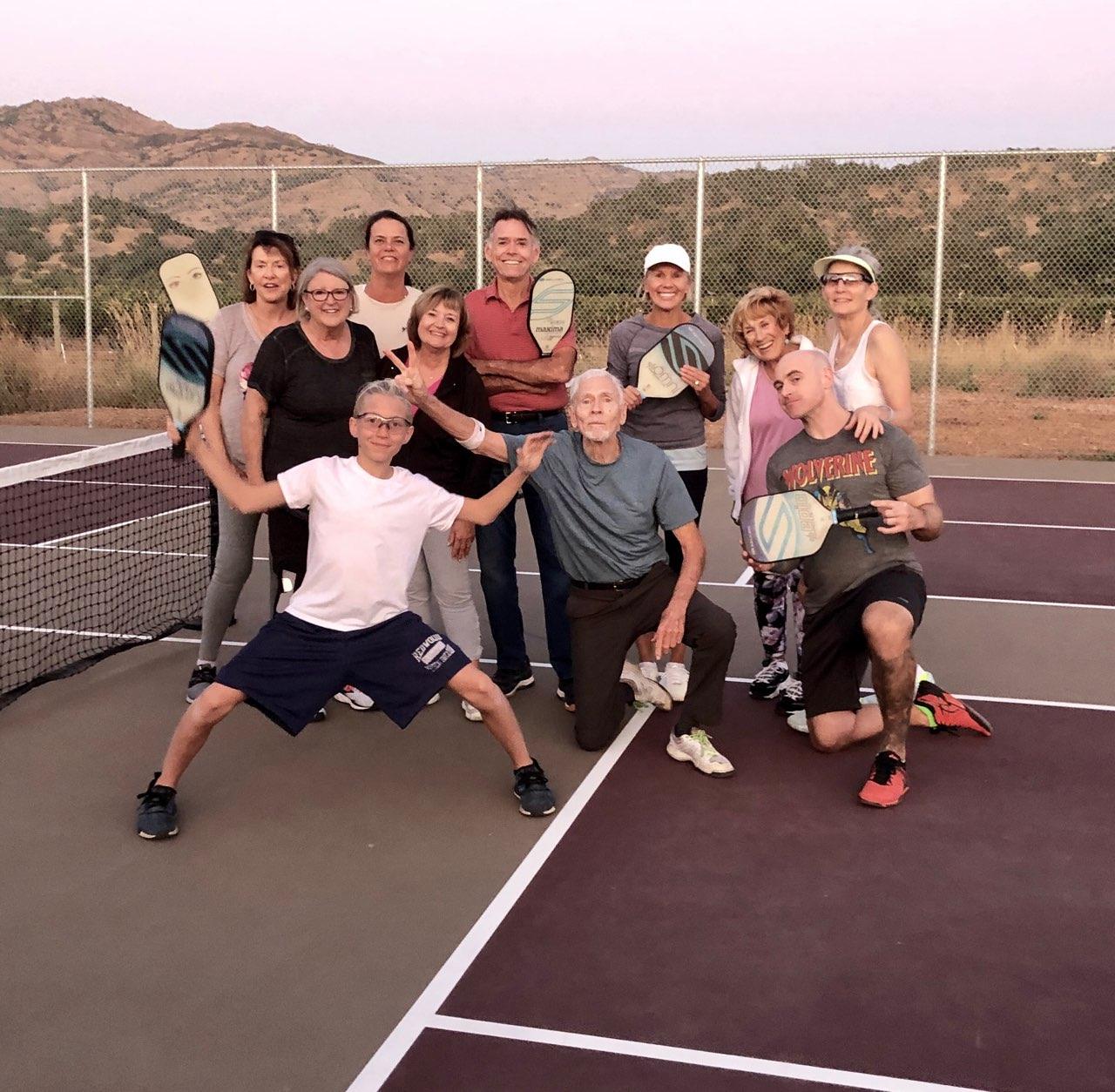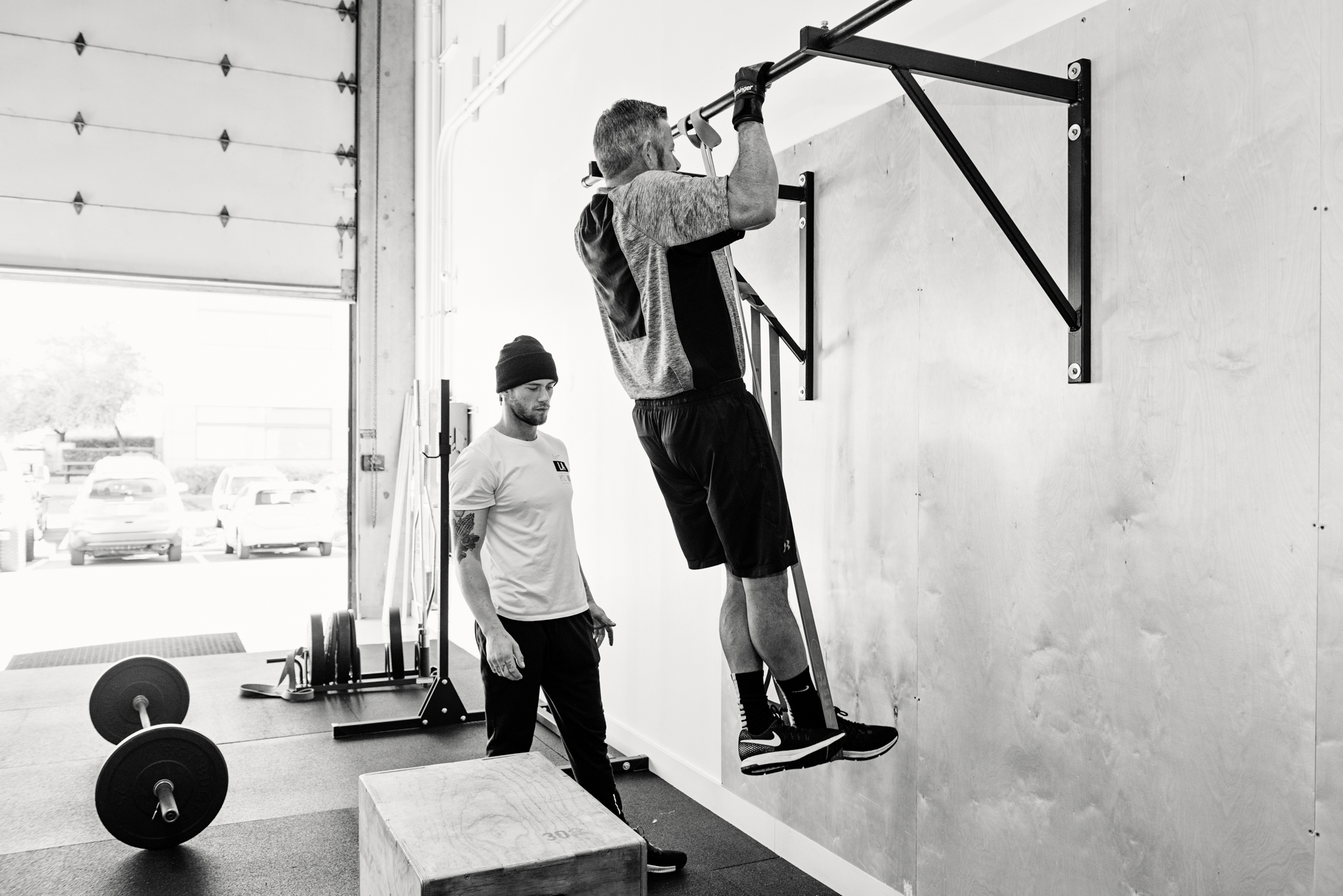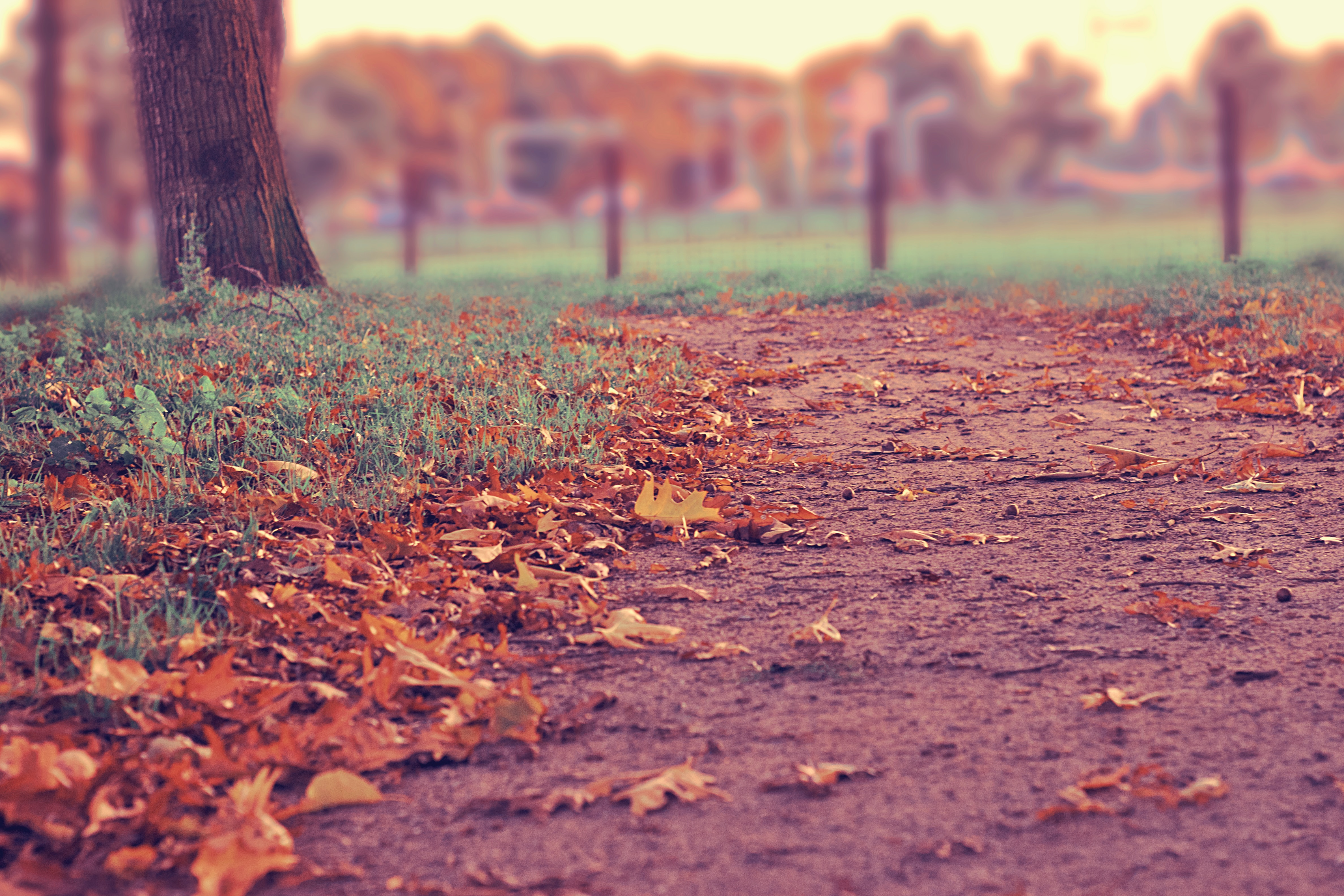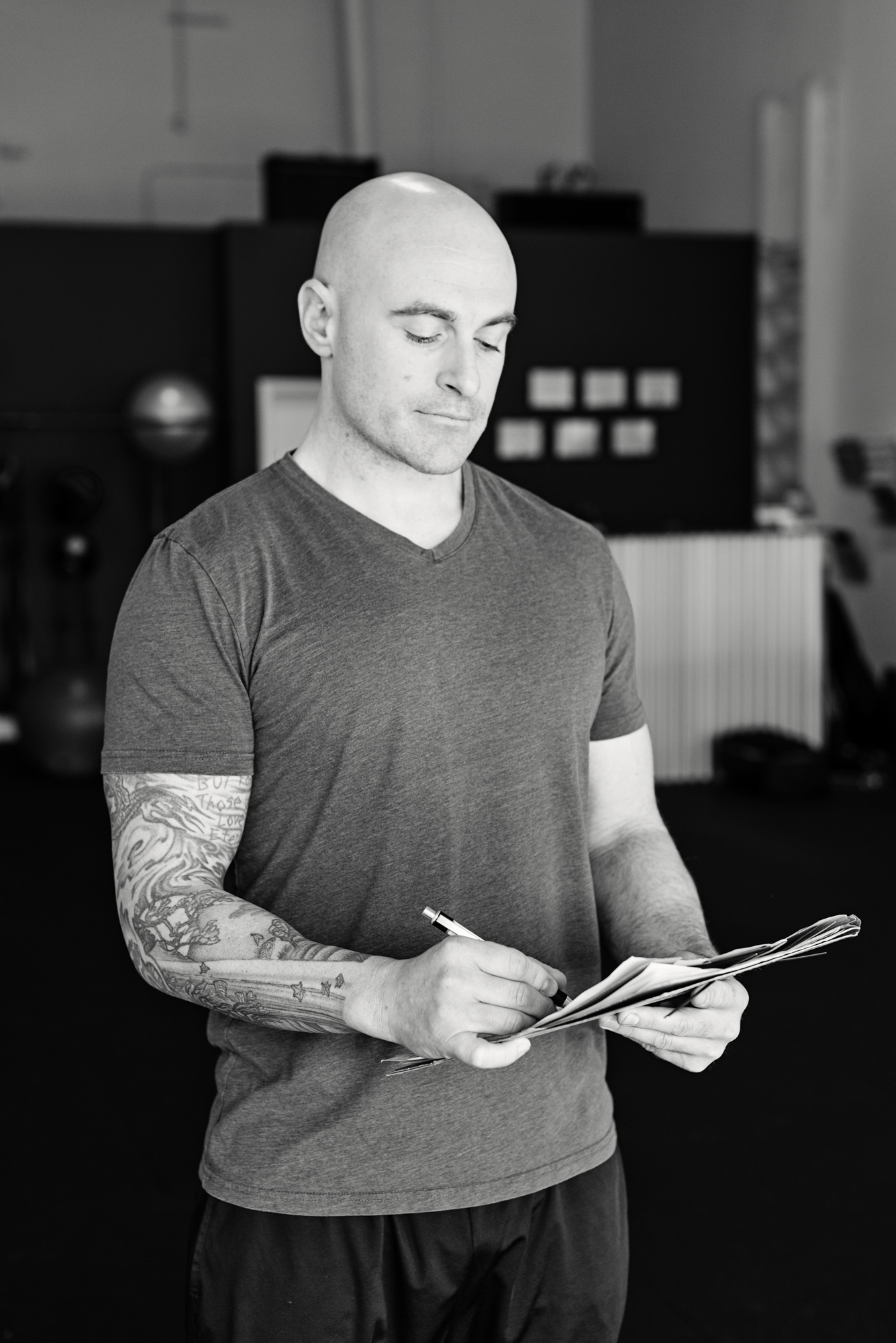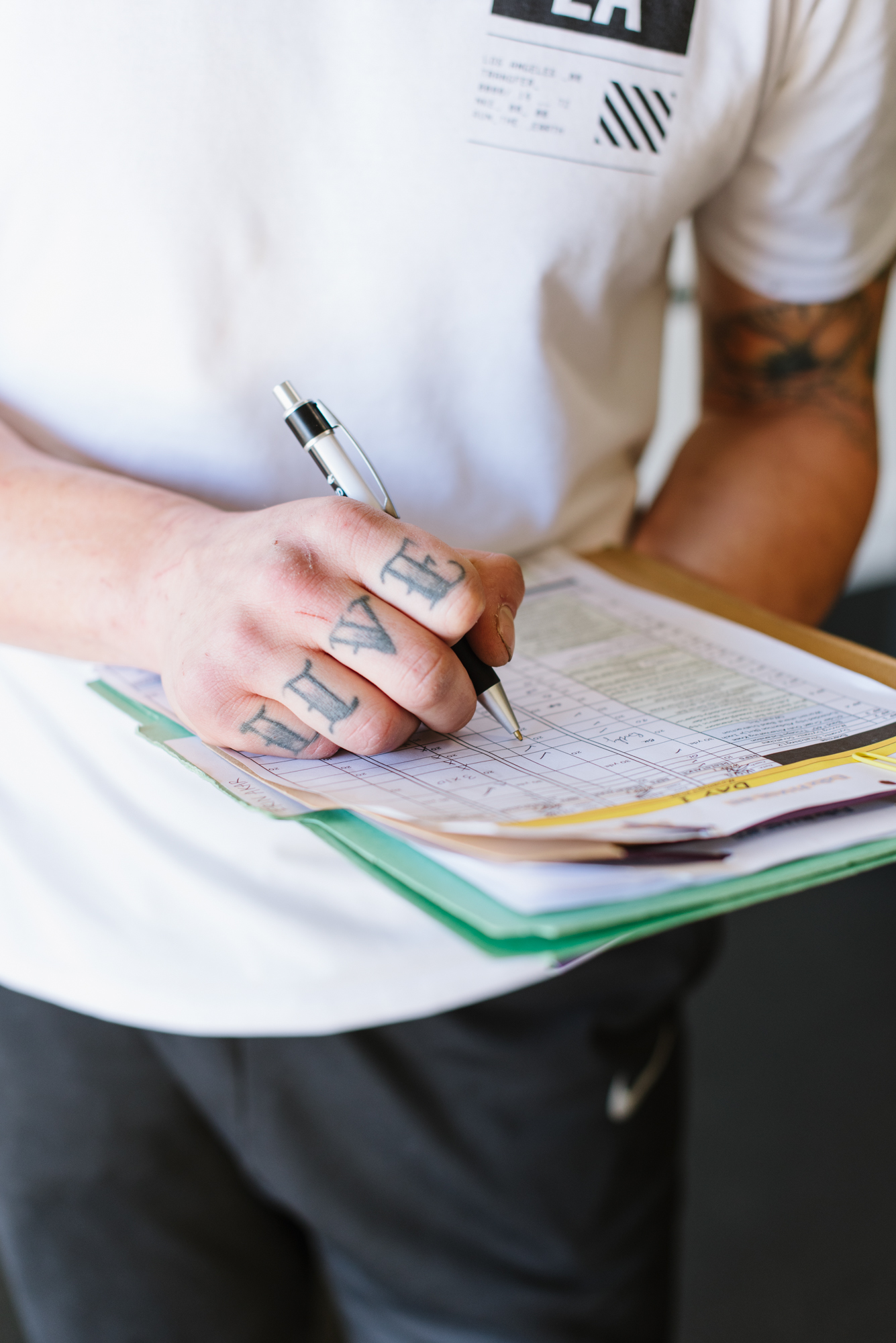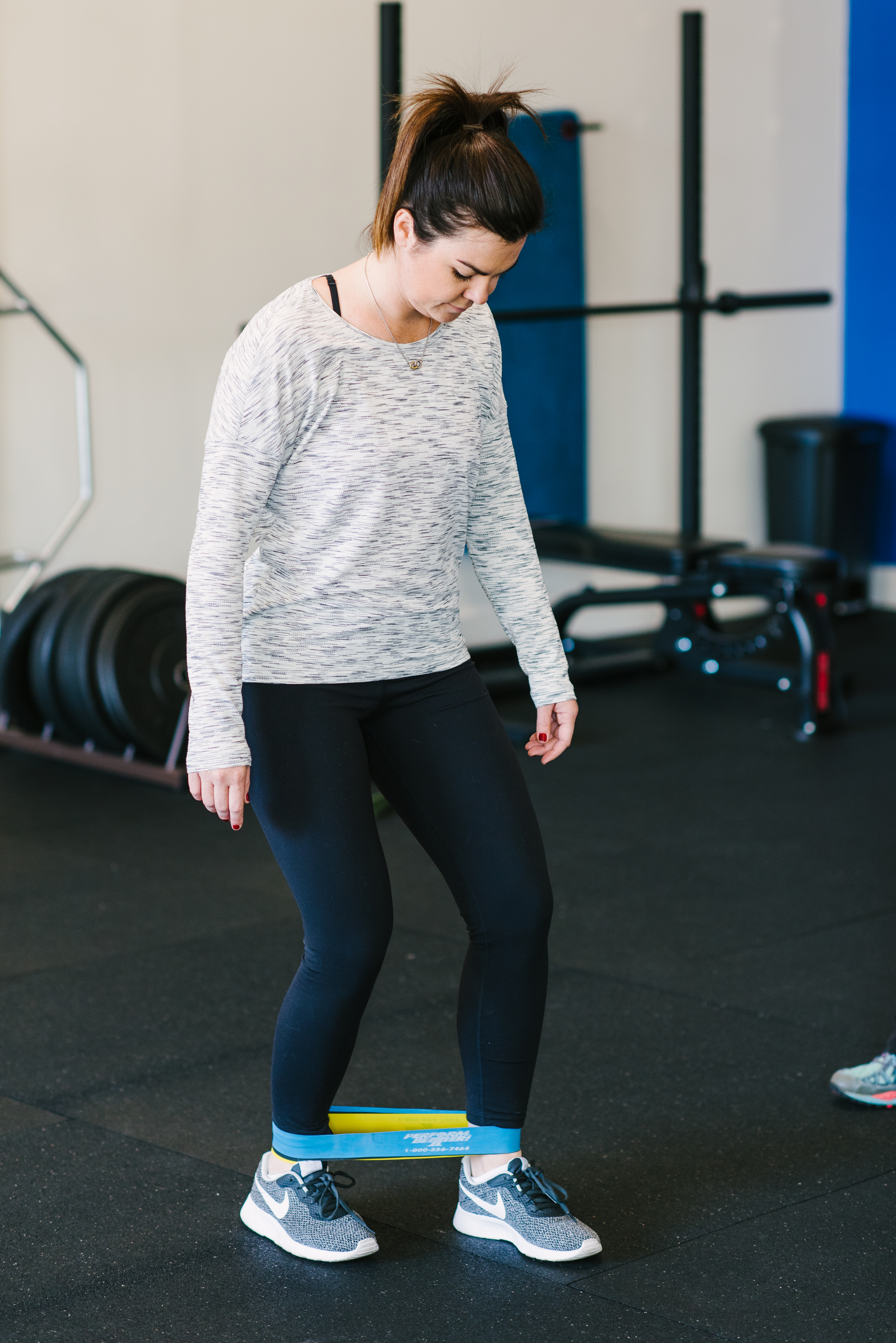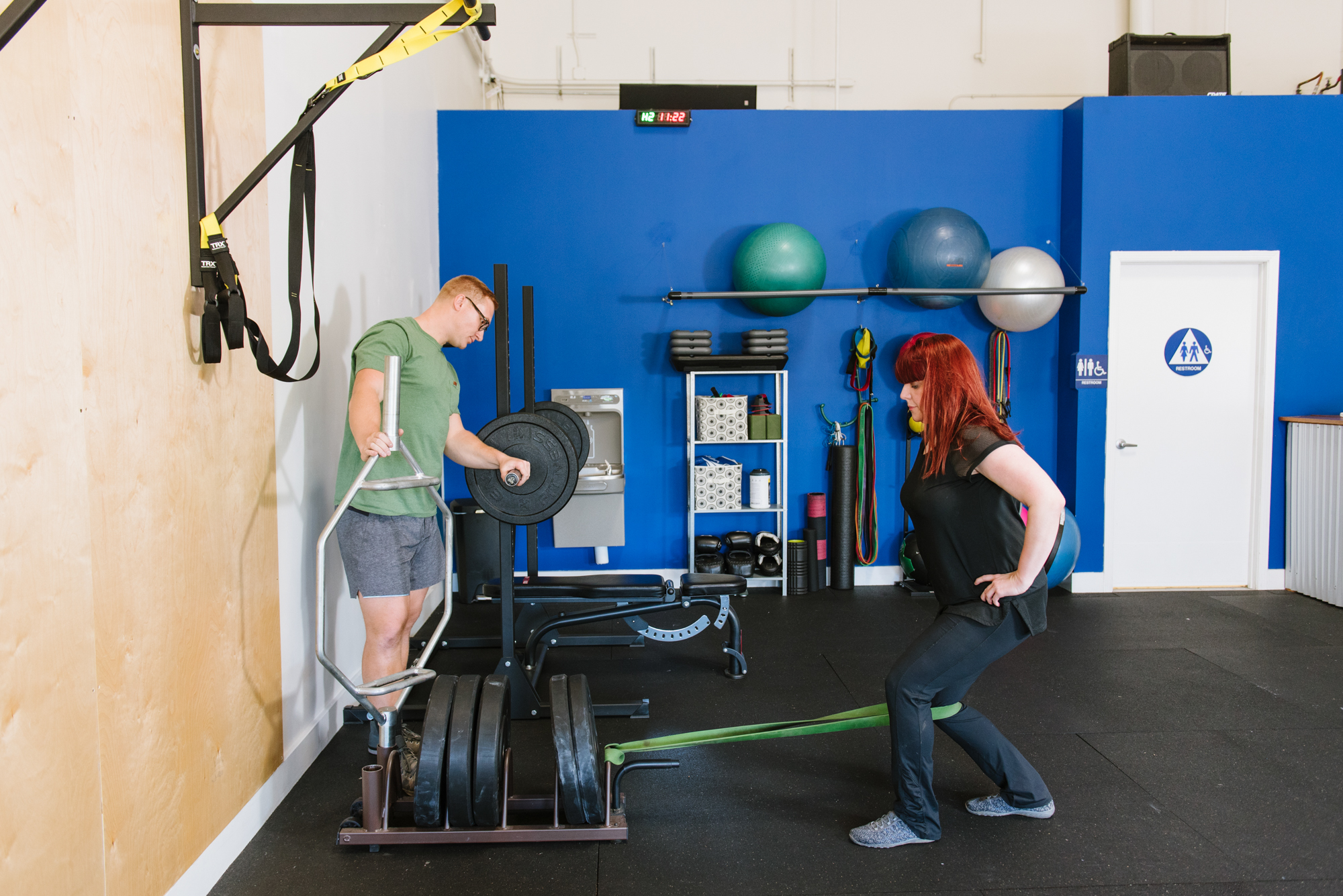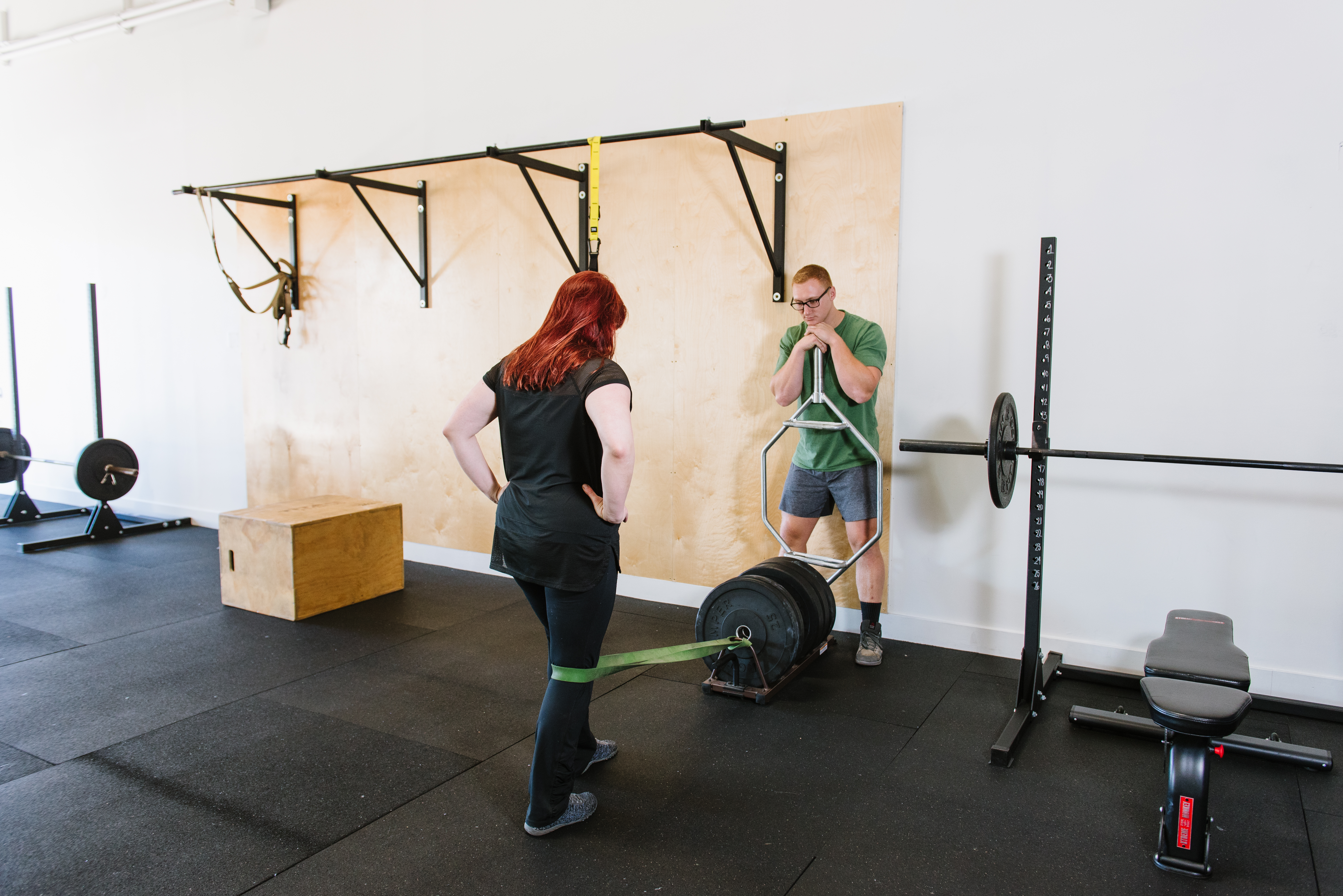Unexpected injuries and unwelcomed illnesses hold us back. Heart conditions, the appearance of cancer, as well as upper and lower extremity injuries hinder people’s lives and their ability to perform normal physical activities. These cases are emotionally scarring because physically active recreational sporting activities and extracurricular social experiences become limited. Not to mention that recovering from an injury, progressing through chemotherapy treatment, or dealing with the stress of the uncertainty of the recovery is unnerving. Even though unfortunately health issues hold us back, there are still opportunities to support the return to activity while on the mend.
When there are upper or lower extremity issues affecting movement limiting recreational physical activities, there is always another part of the body that can be refined. A motivating story involves one of my Pickleball mates. Jordan had an upper extremity injury that put him on the sideline for about 2 months. This person is an active Pickleball player who I enjoy playing with 4 times per week. Unfortunately, he has been sidelined due to this unfortunate injury. However, he showed up the morning after his surgery and observed the various Pickleball athletes playing every morning. Additionally, he would arrive with ankle weights strapped around the tops of his shoes to strengthen his lower body while his arm was immobilized in a brace. He would also act like a ball machine for other players sitting out in games to work on their strokes by pitching balls to refine their technique. Some valuable lessons to take away from Jordan’s story is his continued motivation to refine his physical activity craft, and awareness to strengthen other areas of the body while his upper body is out of commission. The take home message from Jordan’s journey to recovery is there is always a road to recovery following significant injuries. Sure, we will have to sit out for a little bit. However, this doesn’t mean that we still can’t prepare and stay involved in the activities we enjoy for the day we return during recovery.
Another motivating experience involves a fellow Pickleballer who had to go through a few rounds of chemotherapy to treat a form of cancer. Fabio was diagnosed with a form of cancer. He knew that chemo was apparent. To prepare for this, he kept playing Pickleball for 2-3 hours, 4 times a week before his series of chemo treatments initiated. Fabio knew that the effects of this treatment would significantly debilitate the physical functions of his body. But he didn’t let that slow him down. He had a mentality that he was already returning after recovering from this harsh treatment before it started. As the chemo treatments pursued, Fabio’s ability to play Pickleball faltered and his attendance lowered to twice a week. Then once a week. Eventually, we only saw Fabio once every other week. Finally, Fabio had to sit out for 2 straight months. We didn’t his face for about 2 months until his return from a fully successful cancer treatment. Fabio showed up to our weekend Pickleball at Las Flores, around 30 lbs. less than his normal body weight, frail, without a voice and a glaze in his eyes. He picked up his paddle and started to do some light hitting. After about a half hour, Fabio played 2 straight games. We need to give credit to society’s advancement in medicine and treatment for cancer for Fabio’s recovery. However, we can’t discount Fabio’s plan to stay in the activity he enjoyed. Fabio planned for a treatment to go underway by staying active in his recreational physical activity before, during, and after a critically significant treatment.
If we catastrophize about the effects of an injury or serious illness, it will slow us down. However, just like the injury prevention exercises we do with our personal training clients in Napa, it’s important for us to have a proactive mindset when we get dealt an unfortunate hand relating to a debilitating condition putting us out for a few months. If we can set our feet after an unfortunate event, plan a return, and work to carry out that plan, we can continue to keep moving forward just like my dear friends Jordan and Fabio.
Sean McCawley, the founder and owner of Napa Tenacious Fitness in Napa, CA, welcomes questions and comments. Reach him at 707-287-2727, napatenacious@gmail.com or visit the website napatenaciousfitness.com.

